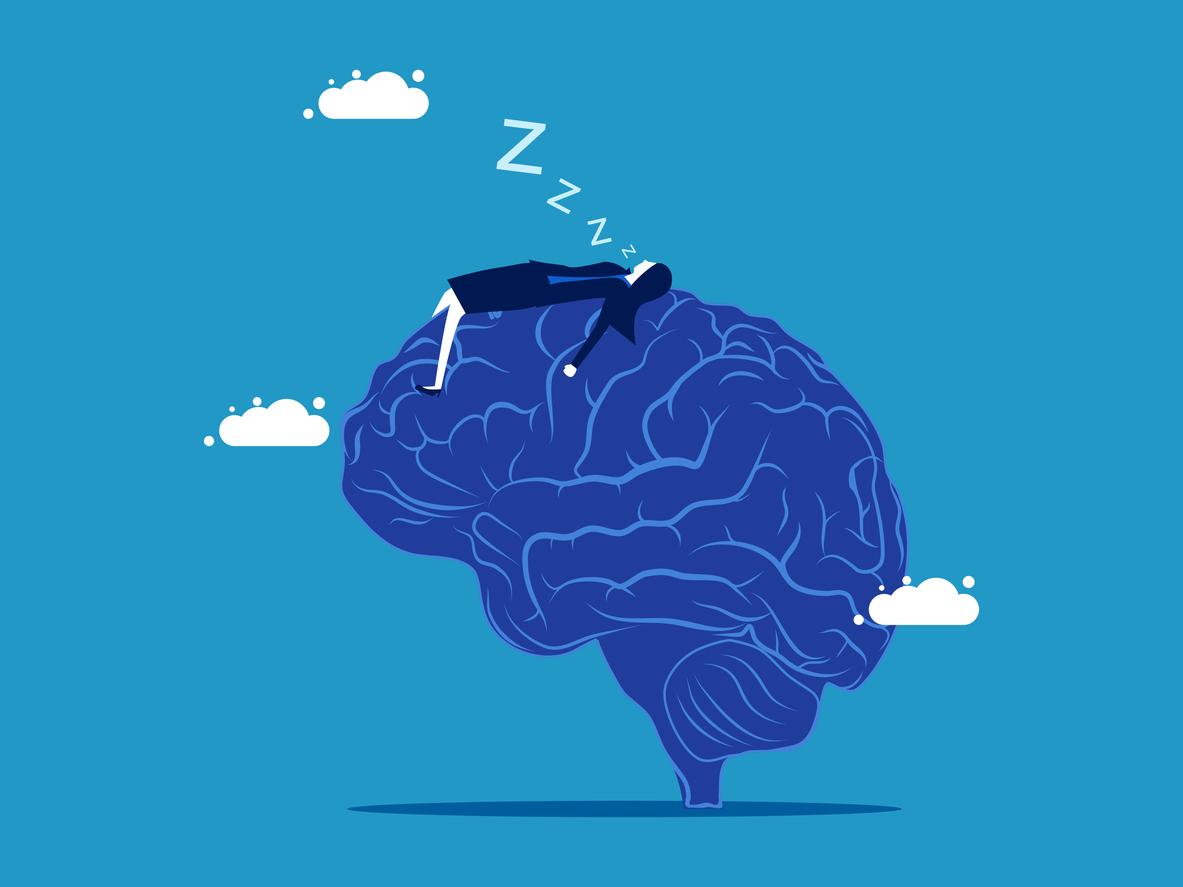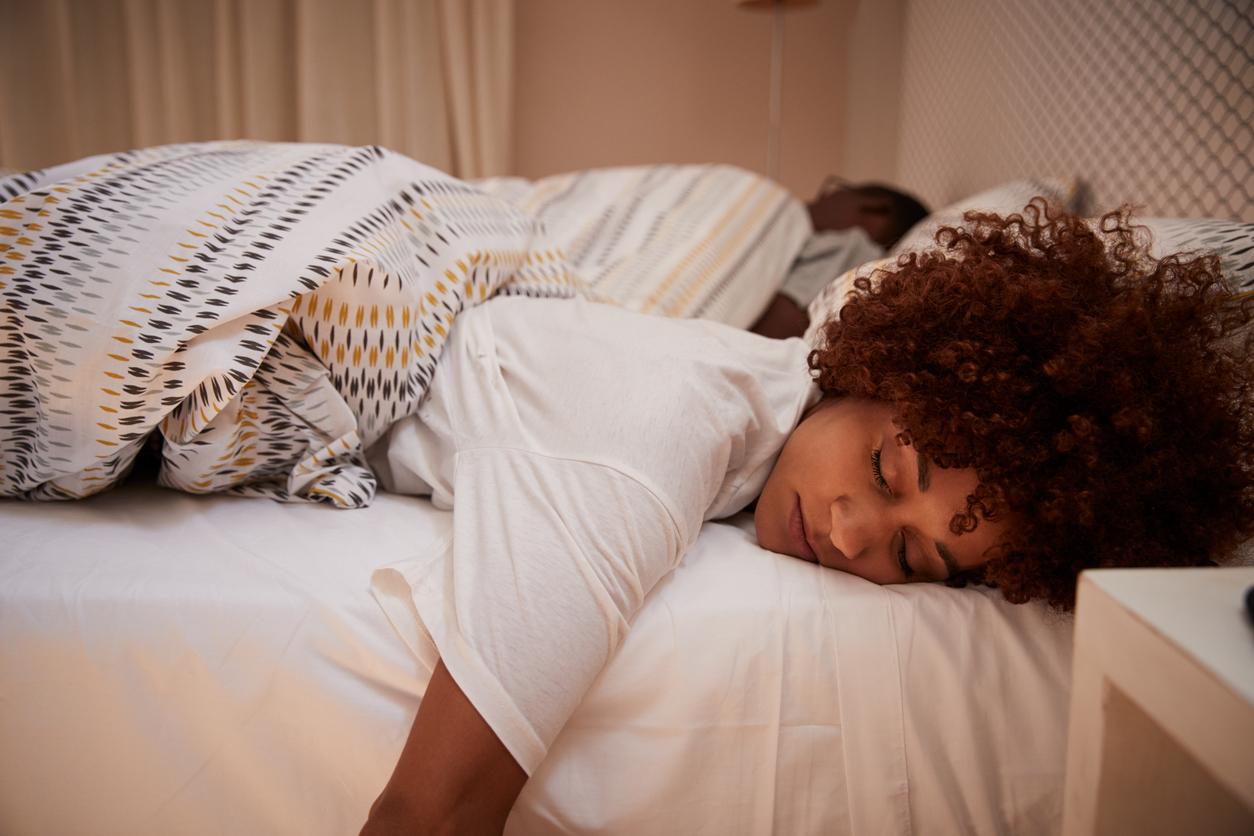The development of obstructive sleep apnea would be favored by infections of the lower respiratory tract during childhood.

- Children with a history of severe bronchiolitis during infancy are more than twice as likely to develop obstructive sleep apnea.
- In France, sleep apnea affects more than 5% of the population.
Previous research has shown that early lower respiratory tract infections play a central role in the onset of respiratory disease later in life. The association of these infections with the development of obstructive sleep apnea had not been established. It is now done. For the first time, researchers have identified a link between the two conditions in a study published September 15 in the journal sleeping.
Prevent obstructive sleep apnea early to reduce its incidence
The study also demonstrated that children with a history of severe bronchiolitis during infancy were more than twice as likely to develop obstructive sleep apnea during the first five years of life. This is confirmed regardless of other risk factors.
“These results raise concerns that primary prevention strategies may impede the initial establishment of obstructive sleep apnea after early viral lower respiratory tract infections.fears Gustavo Nino, a researcher at Children’s National Hospital and lead author of the study. Primary prevention of obstructive sleep apnea in children would have a dramatic effect in reducing the growing incidence of this disease and preventing its adverse health effects in children and beyond..”
A new spawn mechanic
This discovery offers the possibility of implementing new anticipatory strategies to identify and prevent obstructive sleep apnea. “Our study offers a new paradigm to investigate the mechanisms involved in the early pathogenesis of obstructive sleep apnea in children.“says Gustavo Nino.
5% of people affected in France
Sleep apnea is an upper airway condition characterized by respiratory arrests that can last more than 10 seconds or even more than 30 seconds. The duct that runs from the back of the nose to the throat repetitively closes during sleep, limiting the supply of oxygen and causing awakenings up to 100 or more times per hour.
In France, sleep apnea affects more than 5% of the population. The rate of car accidents is seven times higher among people with sleep apnea. It is estimated that more than one in five type 2 diabetics has sleep apnea.
People with untreated sleep apnea are also more likely to develop cardiovascular disease, and are also at higher risk for dementia and depression.
.















